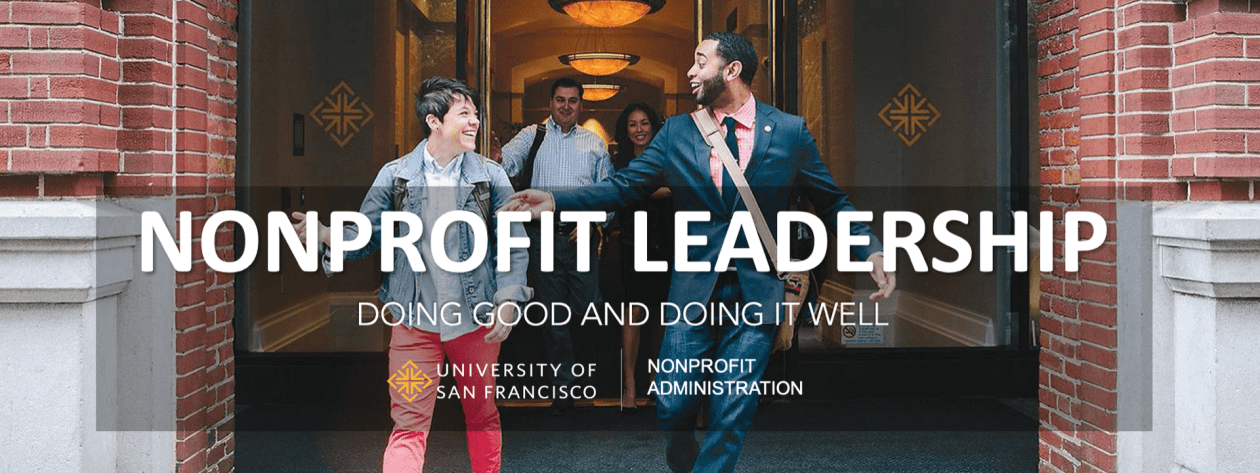Disclaimer: This is not a goose. This is a golden Mandarin Duck; this photo is meant to be visualaid only and not a true representation of a Golden Goose.
Golden·Goose
Noun
- The golden goose of TSOs, in many situations, comes to be seen as the state’s only orbest hope in tackling ‘wicked problems’ such as reducing health inequalities (Tenbensel,, Dwyer,J., & Lavoie,J.,2014).
Large-scale migration into the Britain in the 1960s and 70s prompted the development of third-sector organizations to tackle unmet needs of the new populations and communities. Government funders turned to third-sector organizations (TSOs) to provide cheap and effective services to fill gaps.
With government funders providing the capital for TSO work, another issue came to the forefront. “Accountability measures imposed by governments can be debilitating or ‘killing ofthe golden goose” (Tenbenseletal. ,2014). While trying to expand services TSOs are burdened bystringent accountability measures. A conflict arises between government funder’s needs fortransparency and accountability and being mindful that accountability measures can stifle a TSOs impact.
Tenbenseletal. (2014) describes the different “pulls” that TSOs encounter.
Downward Pull-community (members, clients, communityleaders, and other organizations).
Lateral Pull- one another and themselves (staff, volunteers, community board members, andcommunity agencies). with whom they work’
Upward-funders.
Tenbensel et al. (2014) developed a comprehensive framework to address overburdened TSOs.
- Donoharm- donotin advertently increase overall accountability measures for TSOs.
- ‘Best fit’ generation-public managers should play an active role in facilitating environments in which TSO accountability requirements between the points of the triskele are better aligned.
- Consideration of collateral impact of accountability measures.
- Use triskele as a foundation for conversation between TSOs and all stakeholdersabout accountability.
- Triskele framework can be used to assess new or prospective developments that are likely to impact the organization’s accountability environment.
The Triskele framework and knowledge of how accountability measures can impact TSOs is beneficial for nonprofit scholars to have awareness and become advocates for organizations we work with now and in the future.


